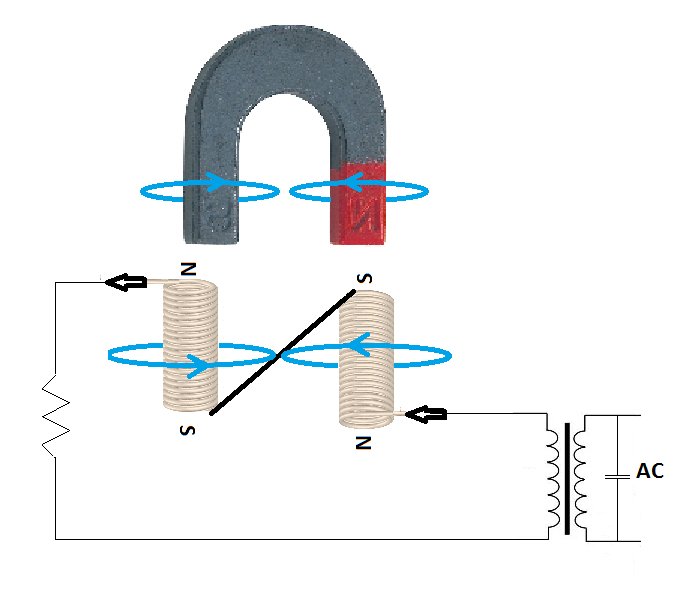Wow there is very good info there guys
I was thinking was the Basket size needing to large or small as the little toy plane only had small Baskets??
Anyway here is a link that may come in handy for acquiring Large Magnets
https://www.youtube.com/watch?v=f5o5...-P2Ltg&index=2
I was thinking was the Basket size needing to large or small as the little toy plane only had small Baskets??
Anyway here is a link that may come in handy for acquiring Large Magnets
https://www.youtube.com/watch?v=f5o5...-P2Ltg&index=2


Comment